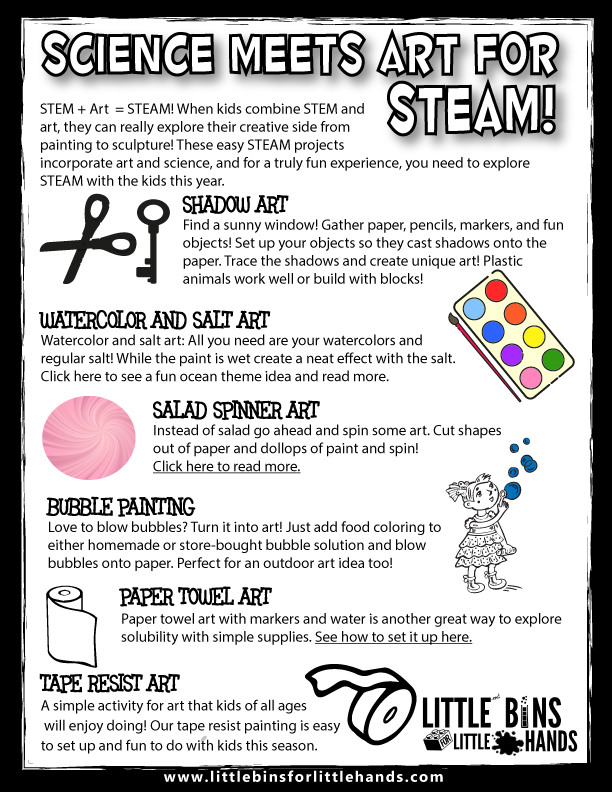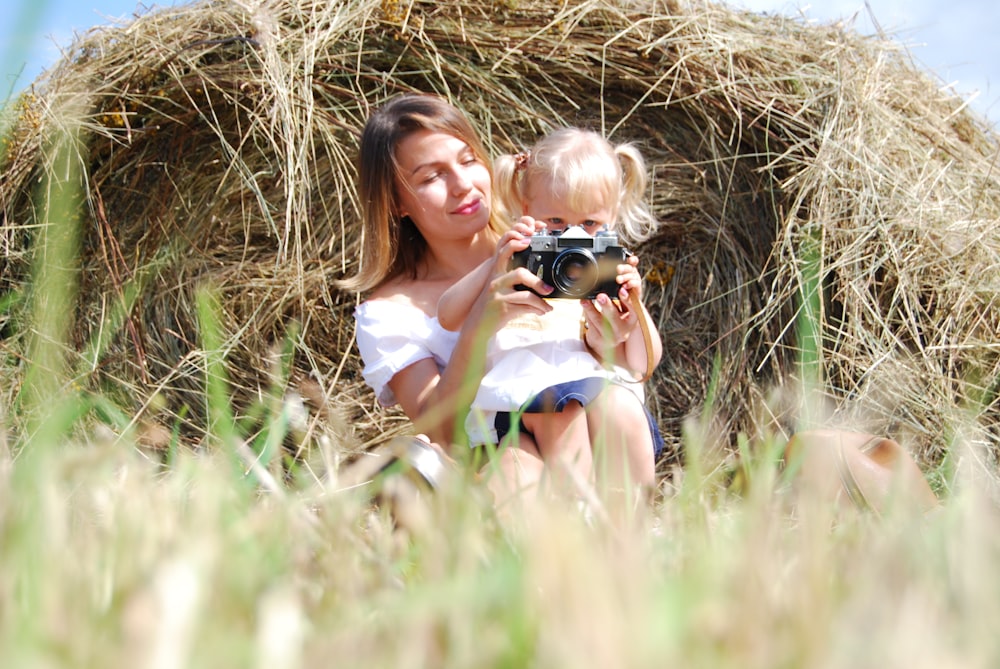The holiday season is a time for celebration, gathering, and feasting with loved ones. While preparing a delicious holiday spread, food safety often takes a backseat amid the excitement. However, ensuring that the food you serve is safe to eat is critical to keeping the festivities joyful and free of unwanted health issues. Certified food handlers bring invaluable knowledge to the table, helping prevent foodborne illnesses during these occasions. Here are essential food storage and preparation tips inspired by certified professionals to make your holiday feast safe and successful.
- Start with a Clean and Organized Kitchen
Before diving into meal preparation, ensure that your kitchen is spotless. Surfaces, utensils, and equipment should be thoroughly cleaned and sanitized. Certified food handlers recommend washing cutting boards, knives, and countertops with hot, soapy water before and after handling raw meat, poultry, or seafood to prevent cross-contamination.
Having a system in place for organizing your ingredients also helps maintain cleanliness. Keep raw foods separate from ready-to-eat items and use color-coded cutting boards to further minimize the risk of contamination.
- Store Food at the Correct Temperature
Proper food storage is crucial for maintaining freshness and preventing bacterial growth. The danger zone—temperatures between 4°C and 60°C (40°F and 140°F)—is where bacteria multiply rapidly. Store perishable items in the refrigerator at or below 4°C and frozen items at -18°C or colder.
When preparing large quantities of food, divide them into smaller portions before storing them in the fridge or freezer. This ensures even cooling and reduces the risk of spoilage. Use airtight containers or resealable bags to maintain quality and prevent leaks.
- Thaw Safely to Avoid Bacteria Growth
Improper thawing of frozen foods is a common mistake during the holiday season. Certified food handlers emphasize using safe thawing methods, such as:
- In the refrigerator: This is the safest method, though it requires planning since it takes time.
- Under cold running water: Ensure the water is cold and the food remains in leak-proof packaging.
- In the microwave: Use this method only if you’re cooking the food immediately afterward.
Avoid thawing foods on the countertop, as it can lead to uneven temperatures and promote bacterial growth.
- Cook to Safe Internal Temperatures
Cooking food to the correct internal temperature is one of the most effective ways to kill harmful bacteria. Use a food thermometer to check doneness, especially for meats, poultry, and seafood. Here are some guidelines:
- Poultry (whole, ground, or pieces): 74°C (165°F)
- Beef, pork, lamb, and veal (steaks, roasts, or chops): 63°C (145°F)
- Ground meats: 71°C (160°F)
- Fish: 63°C (145°F)
FOODSAFE Level 1-certified professionals stress the importance of using a calibrated thermometer and ensuring all parts of the dish reach the required temperature.
- Keep Hot Foods Hot and Cold Foods Cold
Temperature control doesn’t end when the food is cooked. Hot foods should be kept at or above 60°C (140°F) until served, while cold dishes must remain at or below 4°C (40°F). Use chafing dishes, warming trays, or slow cookers for hot dishes, and ice packs or refrigeration for cold dishes.
If you’re serving buffet-style, keep track of how long food has been sitting out. Discard any perishable items left at room temperature for more than two hours.
- Avoid Cross-Contamination
Cross-contamination is one of the leading causes of foodborne illnesses. Prevent it by:
- Using separate cutting boards and utensils for raw and cooked foods.
- Washing your hands thoroughly with soap and warm water after handling raw meat, poultry, or seafood.
- Keeping raw foods away from ready-to-eat items during storage and preparation.
Obtaining a food handlers certificate equips you with the knowledge to implement these practices effectively, ensuring a safer holiday feast.
- Label and Date Leftovers
The holiday season often means leftovers. To avoid food waste and potential health risks, label containers with the contents and date of storage. Most cooked leftovers are safe to eat within three to four days if stored properly in the fridge.
For freezing, use heavy-duty freezer bags or containers, and consume the items within two to three months for best quality. Reheat leftovers to an internal temperature of 74°C (165°F) to ensure they’re safe to eat.
- Use Safe Cleaning Practices
Cleaning products play a significant role in food safety, but they can pose risks if not handled correctly. A WHMIS certificate ensures you understand the proper use and storage of chemicals, reducing the risk of accidental contamination. Always keep cleaning agents in their original containers and away from food storage areas.
- Educate Yourself on Food Safety Certifications
Whether you’re hosting or helping out in the kitchen, food safety training can make a significant difference. A FOODSAFE Level 1 certification provides essential skills for safe food handling, including storage, preparation, and sanitation practices. This knowledge is especially valuable when cooking for a large group during the holidays.
- Share Food Safety with Your Guests
Encourage your guests to participate in safe food practices. For instance, if they’re bringing a dish, advise them on proper transportation and reheating methods. Similarly, provide handwashing stations or sanitizer before meals to promote hygiene.
By following these food safety tips from certified food handlers, you can ensure your holiday celebrations remain joyful and worry-free. Consider earning certifications such as a food handlers certificate or FOODSAFE Level 1 to elevate your knowledge and protect your loved ones. If chemicals are part of your kitchen routine, a WHMIS certificate will equip you with the skills to handle them safely.





